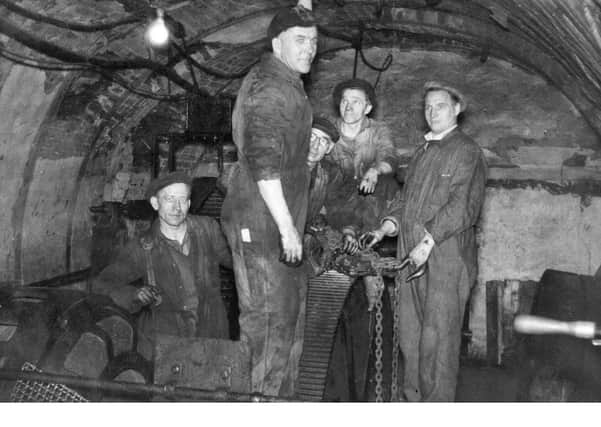Midlothian mining communities central to Scotland’s green revolution, says local MP


Speaking in a debate on the future of coal, Mr Thompson said the old mines could play a direct role in powering the economy, tackling fuel poverty and heating homes, through harnessing geothermal energy trapped in disused mines. According to research led by Strathclyde University, this has the potential to meet up to eight per cent of domestic heating demand and create 10,000 jobs in Scotland’s central belt.
The Midlothian MP said: “Midlothian’s coalmining fabric is entrenched in the community and our proud industrial heritage could play a key role in powering the green economy of the future.
Advertisement
Hide AdAdvertisement
Hide Ad“The transition from deep mining, a high carbon activity, was economically unjust for our coalfield communities, closing down not only the pits but the local economies, with enormous and long-lasting negative social impacts.
“By contrast, the move to a low carbon economy could be a just one, if we choose to harness geothermal energy from the mine water that has flooded pits such as Bilston Glen and tackle the industrial legacy that has left the surrounding communities behind.
“We can tackle the food and fuel poverty of our coal communities by tapping into this rich new source of energy, by installing district heating schemes in new and existing housing and by supporting local food production using heat to grow vegetables.
“Along the Forth estuary and the Clyde, we can capture and convert the heat to feed our people, producing food from the river banks instead of having people go to food banks.
Advertisement
Hide AdAdvertisement
Hide Ad“There are challenges to overcome, but exciting projects such as these could turn abandoned mines from liabilities into economic assets that could be an integral part of the green renaissance that we seek to build.”
Comment Guidelines
National World encourages reader discussion on our stories. User feedback, insights and back-and-forth exchanges add a rich layer of context to reporting. Please review our Community Guidelines before commenting.